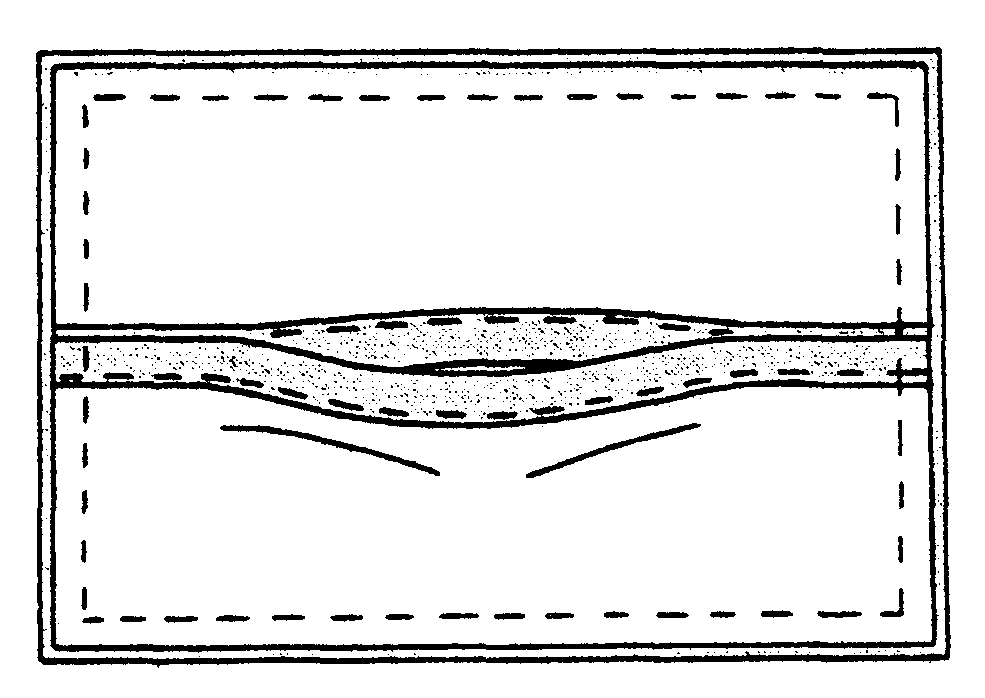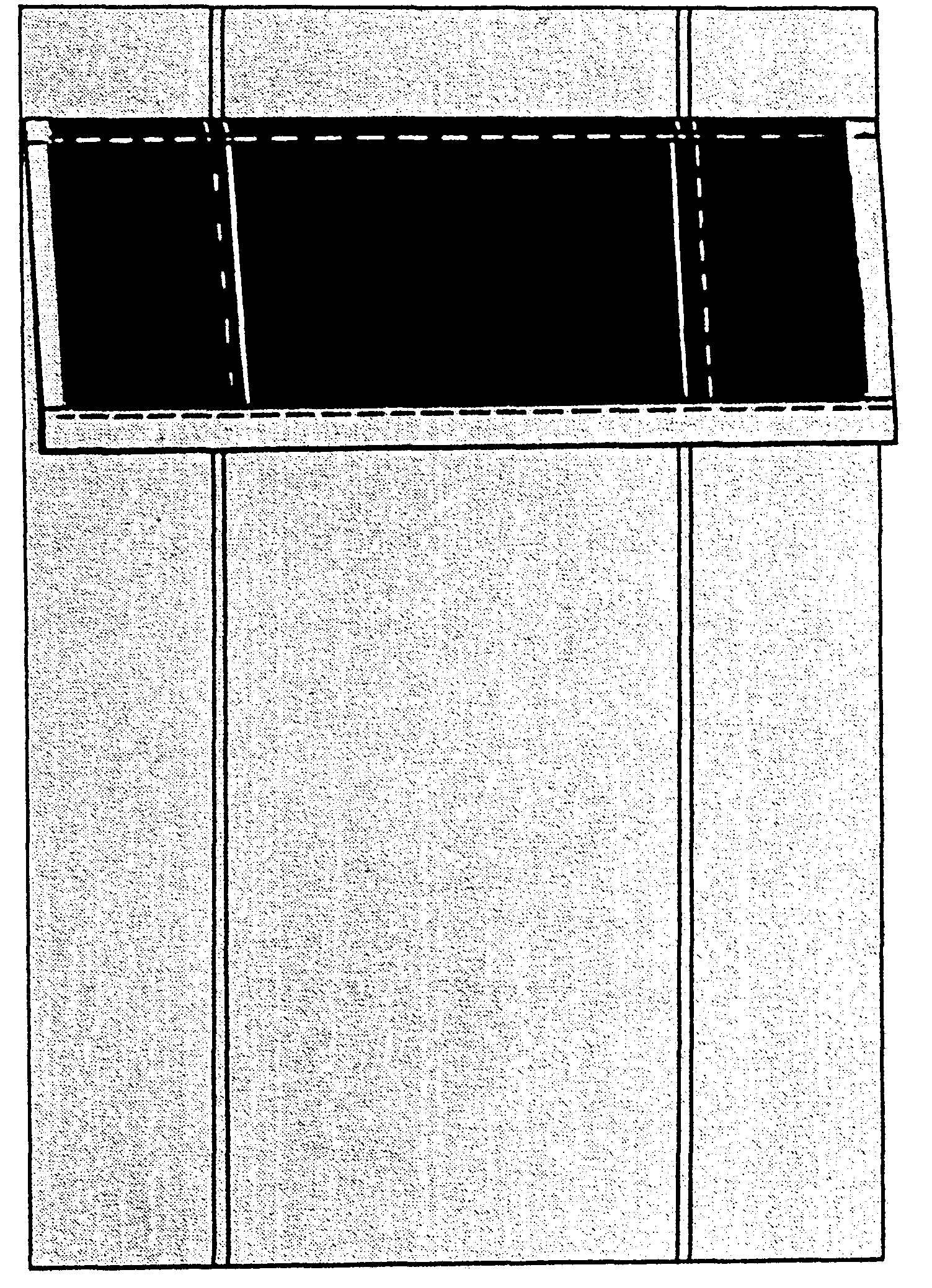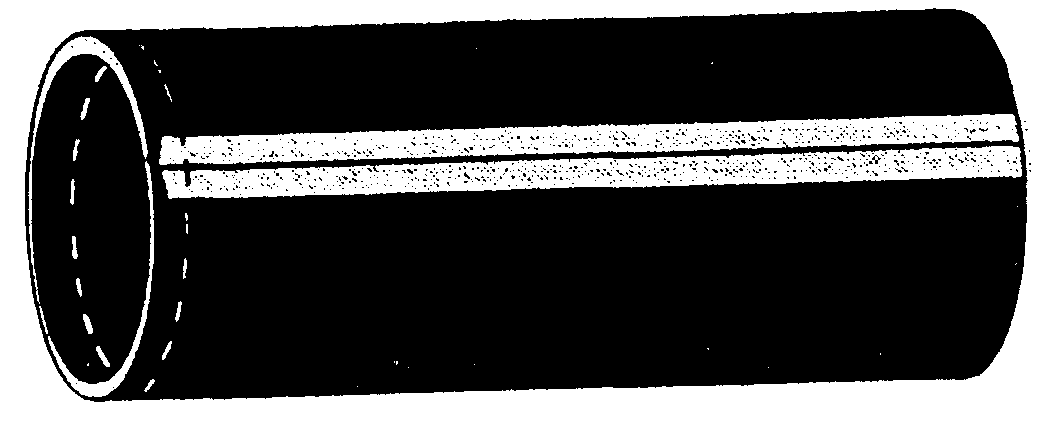
- •Англійська мова
- •Text a. Clothes express me
- •Text b. To sew, or buy ready-to-wear?
- •Alternative ways of dressing well
- •Unit 2 Text a. Getting Ready to Sew
- •Text b. Fabrics
- •Text a. Sewing Machine
- •Inserting the Upper Thread.
- •Text b. Sewing Tools and Aids
- •Text a: Machine Stitches
- •Regulation Stitch
- •Basting Stitch
- •Stitching for Gathering
- •Fig.3Fig.4 Stitching for Reinforcement
- •Zigzag Stitch
- •Running Stitch
- •Basting Stitch
- •Back-Stitch
- •Pinning
- •Stitching
- •Trimming
- •Grading
- •Clipping
- •Unit5 Text a: Sleeves
- •Two-piece Set-In Sleeve
- •Puffed Sleeve
- •Shirt Sleeve
- •Dolman Sleeve
- •Text b: Cuffs
- •Straight Cuff Closed at Ends
- •Straight Cuff with Open Ends
- •Shaped Cuff Closed at Ends
- •Shaped Cuff with Open Ends
- •Cuff Applied with Bias Facing
- •Shirt Cuff
- •French Cuff
- •Round Collar
- •Pointed Collar
- •Sailor Collar
- •Band Collar
- •Patch Pockets
- •Set-in Pockets
- •Inner Pillow Form
- •Pillows without Boxing
- •Pillows with Boxing
- •Shaped Valances
- •Soft Valances
- •Text c: Pillows Covers
- •Separate Pillow Throw, Sewn to Spread
- •Bolster Roll
Shaped Valances
A special, firm buckram, is made especially for this purpose. It holds the valance stiff and straight, as it hangs from a regular curtain rod. Cotton flannel is often used for interlining.
Tape a piece of heavy paper to the curtain rod. Determine the depth and shape of valance desired. Using the paper as a pattern, cut the buckram to the measurements of the finished valance. Cut interlining and fabric to same shape, leaving 1-inch seam allowance on each edge. Cut lining, leaving l/4-inch seam allowance.
Baste interlining to wrong side of fabric. Then place interlining against buckram. Turn 1-inch seam allowance over buckram. Clip and notch edges as required for curves. Catch-stitch raw edges to buckram. Pin lining to back of buckram, turning raw edges under l/2 inch. Slip-stitch to turned edge of drapery fabric and interlining. Sew hooks or loops to the back of the finished valance, about 1l/2 inches down from the top edge. Hang on curtain rod.
Many variations are possible through use of different shapes on top and bottom edges and through the use of decorative braids and trims.
Soft Valances
Soft valances are shortened versions of the curtains and draperies which they resemble. They may be un-lined, lined or interlined, depending upon the weight of the fabric used.
First, determine the length desired. Add 2 inches for the hem and the amount necessary for the heading. Any type of heading may be used. Figure the fullness and construct, following directions for the corresponding type of curtain or drapery. The only difference is in the length and in the depth of the bottom hem.
Exercise 1. Answer the following questions:
Why are valances used?
What fabric is made for shaped valances?
What can you use to decorate the top and bottom edges?
What may soft valances be?
What does it depend on?
Exercise 2. Find the English equivalents of such words from the text:
Бавовняна фланель, додаткова підкладка, лекало, припуск шва, зметати, надсікти, стіжок “ялинкою”, потаємний стіжок, крючок, петля, галуни, прикраса, укорочений, підшивка.
Exercise 3. Mark each true statement T and each false one F:
They mustn’t conceal drapery hardware but only help to balance the proportions of a window.
The deepest part of the valance may be one-ninth the length of the curtain.
Cotton flannel is never used for interlining.
Very little variations are possible through use of different shapes on top and bottom edges.
Soft valances are shortened versions of the curtains, which they resemble.
Exercise 4. Translate into English:
Глибина занавісок залежить від висоти вікна.
Спеціальне міцне тонке полотно випускається для фігурних занавісок.
Розкроюйте додаткову підкладку і основну тканину по тих же лекалах, залишаючи 1/4 дюйма на припуск для швів з кожного краю.
М’які занавіски можуть бути з підкладкою, без неї або з додатковою підкладкою, залежно від товщини використаної тканини.
Text c: Pillows Covers
Key Words and Phrases:
Pillow sham – накидка, чохол (на подушку), lengthwise – вздовж, snaps – застібки, pillow throw – накидка на подушку, spread – покривало, tuck in – заправляти, headboard – узголів’я, underneath – низ, нижній, bolster roll – подушка валиком, sailcloth – парусина, stuffing – набивка (для подушки).
Pillow Sham
Measure length and width of pillow over the fullest parts. Add 1 inch to both measurements.
For top pillow section cut to measured length and width. Stitch trimming, if any, around edge of top section, right sides together. For bottom section cut to measured width. To length, add 3l/2 inches. Fold section in half lengthwise. Cut on fold. Make 1-inch hem on both cut edges. Overlap hems 1l/2 inches. Pin overlap together on wrong side.
Pin top and bottom sections together, right sides facing. Stitch around edges. Take pins from overlapped hems at center of bottom section. Turn sham right side out. If desired, snaps may be sewn on overlapped opening, but it is not necessary.
Decorative edge trimmings such as ruffles, fringe, cording, fabric bands, lace can be used (Fig.52).



![]()
Fig.52 Fig.53 Fig.54 Fig.55
